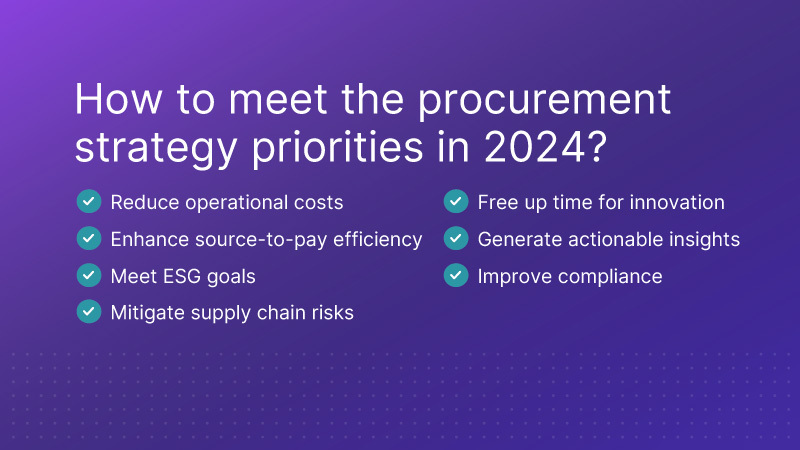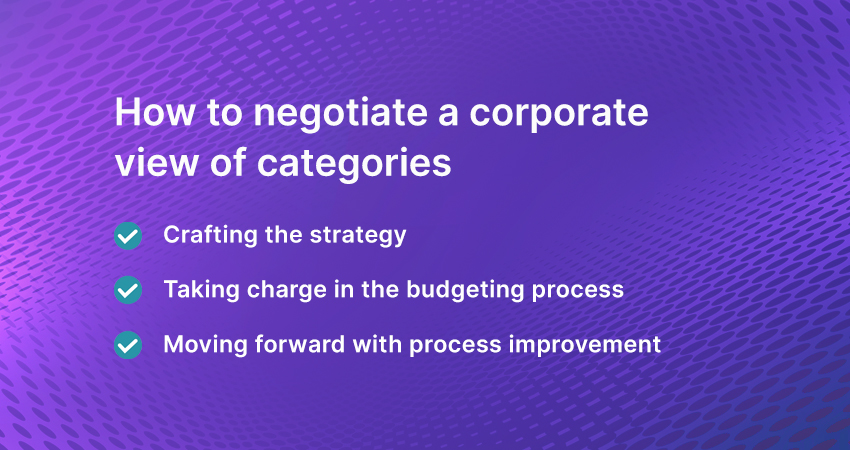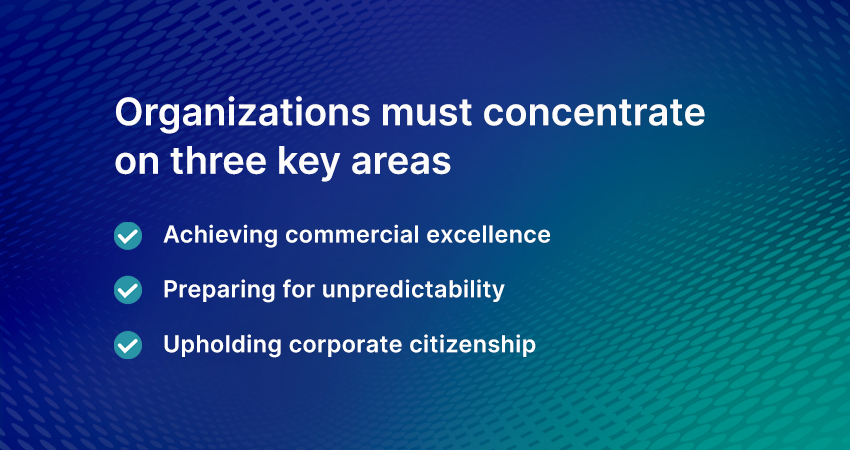
How can procurement team help manage adverse currency movements? Here's our 2 cents

As the earnings season is under full swing in the U.S., a number of companies have said that a strong dollar has hurt their quarterly profits.
Companies that have a solid presence outside of the U.S. get hurt by a relatively stronger dollar because it would mean less revenue from overseas sales once converted back to dollars. Also, export-oriented companies face headwinds as their dollar denominated products or services become relatively expensive.
Large procurement organizations source raw materials and services across the globe and may have to deal with payments in different currencies. Currency risk always hover about the procurement function because an overseas supplier may not be incentivised to sell the materials or services if the forex rate is unfavorable.
And to be sure, currency hedging is usually the responsibility of treasury department and procurement function per se doesn't have much control over it.
Given the unpredictable nature of the currency markets, what steps the procurement organizations can perhaps undertake to minimize, if not altogether eliminate, adverse currency situations?
Here's our 2 cents:
- Buying or sourcing locally can have its own benefits. Local or regional sourcing, wherever possible, can eliminate currency uncertainties. Of course, this is not feasible for all the players and at all times. However, this can certainly be considered as an option if not done already.
- As part of continuous category management, it would still help the procurement teams to keep track of major currencies that they regularly deal with. They would need access to accurate currency forecasts, coupled with macro-economic reports. And if one is sourcing materials or services from politically sensitive regions then it would also make sense to keep oneself posted about the latest geopolitical situation.
- Try signing forward contract with suppliers, especially if the raw material or service is critical to one's business. This tool, however, is a double-edged sword. While this option can provide stability, this can also mean one would miss out on a favorable currency rally. The treasury team will have the necessary tools to set up such contracts.
- Procurement organizations can work closely with the treasury by providing estimated dollar and non-dollar billings on a quarterly basis. Such clarity would help finance managers to better manage forex risk.
- Deal in local currencies wherever possible. China, for example, encourages payment in yuan for its exports. This would mean opening yuan accounts with one of the banks. Likewise, procurement organizations can look to open local currency accounts in those regions from where they source heavily.
The world of currencies is full of uncertainties and it is quite tough for someone to get it right all the time. However, procurement organizations can still look to take steps to help their treasury peers ward off this uncertainty to an extent possible.
Related Insights:
View All
Get more stories like this
Subscirbe for more news,updates and insights from Beroe






